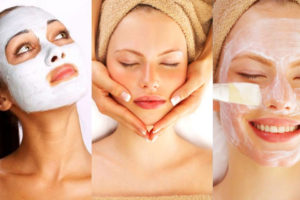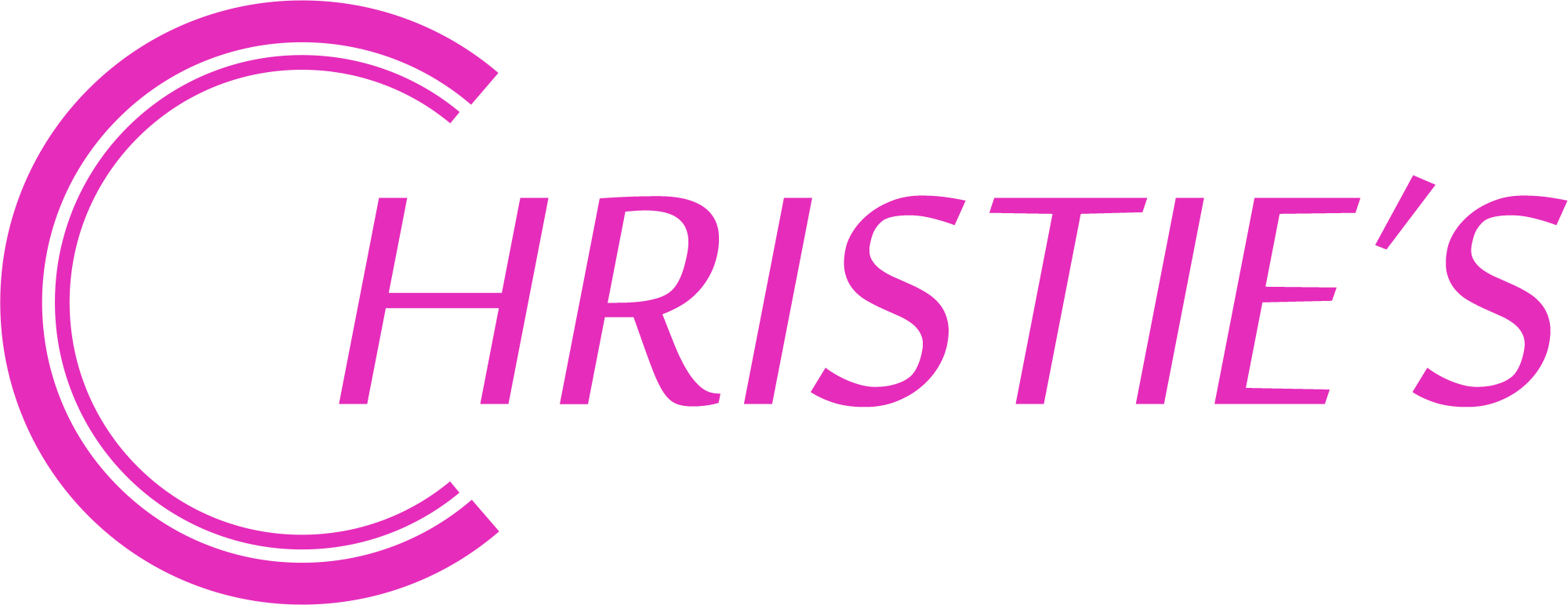Facts about Facials

Facials aren’t just a luxury; they’re an incredibly effective way to transform your skin. For aging skin you can increase elasticity and minimize fine lines, or for acneic skin you can treat blemishes and refine the appearance of your pores.
One of the reasons why facials are so effective is because they incorporate products only available to licensed and trained professionals, such as chemical exfoliates, serums and masks, that are stronger (more active) than a retail homecare product.
And the power of touch, including massage techniques, is an important aspect of a facial that cannot be overlooked; the benefits include reducing stress which helps provide relaxation to improve our overall well-being. Incorporating a daily regimen with professional facial treatments can create serious change in the skin.
Establishing an at-home routine is easy enough, but how often should you get a facial? Depending on your skin type, skin concerns and other factors, the answer can vary. On average, getting a facial every four to six weeks can help keep your skin balanced and healthy.

With specific skin concerns such as hyperpigmentation or acne, many clients will see the most significant results with a series of treatments, usually either three or six. Treatments that affect only the top layer of your skin can be applied up to once a week while more aggressive treatments should be performed less frequently, two to four times annually.
SKIN TYPE & SKIN CONCERNS
Young, healthy skin regenerates quickly, so if you care for your skin with a daily homecare regimen, you may not need regular monthly facials. Once your cell turnover slows down and you find yourself in need of a little something extra, look for treatments that address your skin concerns.
If you have congested, acne-prone skin, you might seek treatments more frequently. However tempting it is (and we know it is) do not pick at or pop your pimples at home! This spreads bacteria, often leading to additional breakouts, extends the life of current breakouts and can lead to scarring. Leave the extractions up to the pros. When your acne becomes more manageable, you can go in for maintenance treatments less often.
LEVELS OF CHEMICAL EXFOLIATION
Gentle, very superficial exfoliants stay within the uppermost layers of the epidermis, the stratum corneum, and can generally be performed as often as once a week to once a month.
Professional facials often feature superficial chemical exfoliants, meaning the exfoliant impacts all or part of the epidermis down to the basal layer, resulting in mild flaking. As a general rule, you can get this type of facial every 30 days, depending on how your skin reacts to the treatment. With stronger peels that penetrate down to the dermis, you will have longer downtime and should plan for more time between treatments, three to six months.
GENERAL HEALTH
Everyone’s skin is different! Your skin therapist should ask you detailed questions about your lifestyle, health and skincare routine to understand how to best treat your skin for the results you desire. A chemical exfoliation causes a controlled wound to the skin, and a healthy body will heal faster. After your consultation and treatment, follow up with your skin therapist to check in on the healing process.
Christie’s Salon uses Image Skincare, make sure to call and make your appointment with one of our talented technicians for your facial today!
